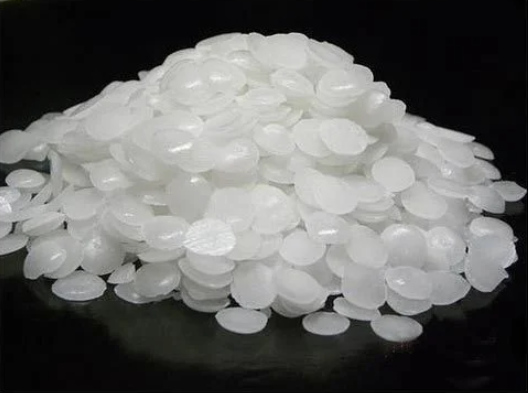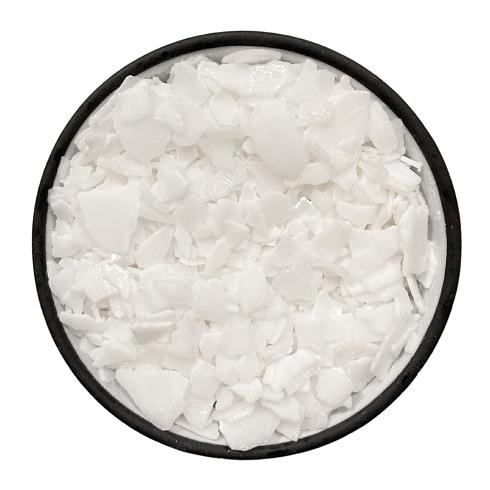The review of sodium hydroxide
Introduction
Sodium hydroxide, also known as caustic soda, lye and caustic soda(picture 1), with the chemical formula of NaOH, is a strong alkali with high corrosivity, generally white flakes or particles, which can be dissolved in water to form alkaline solution, and can also be dissolved in methanol and ethanol. This alkaline substance has deliquescence and will absorb water vapor in the air as well as acid gases such as carbon dioxide and sulfur dioxide. Sodium hydroxide is one of the commonly used chemicals. It is widely used as a necessity for many industrial processes: it is commonly used in the manufacture of wood pulp, paper, textiles, soap and other detergents. It is also used as a household water pipe dredger.
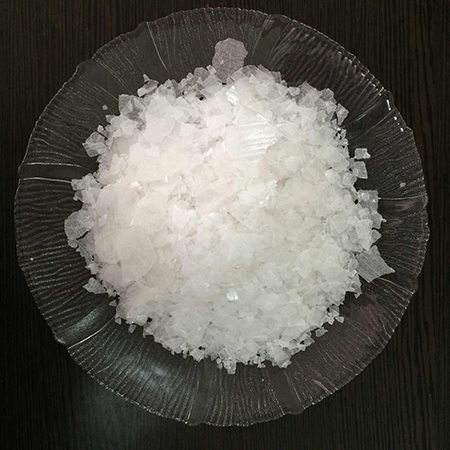
Picture 1 Physical drawing of sodium hydroxide
The properties of sodium hydroxide
Sodium hydroxide has strong alkalinity and strong hygroscopicity. Sodium hydroxide is easily soluble in water, which is exothermic when dissolved. The aqueous solution is alkaline and greasy; Sodium hydroxide is highly corrosive and has a corrosive effect on fibers, skin, glass, ceramics, etc. Sodium hydroxide reacts with metal aluminum and zinc, non-metallic boron and silicon to release hydrogen; Sodium hydroxide disproportionates with halogens such as chlorine, bromine and iodine; Sodium hydroxide neutralizes with acids to form salt and water. Sodium hydroxide is moderately toxic. Its dangerous characteristics are: sodium hydroxide releases a large amount of heat when encountering water and steam, forming a corrosive solution. Sodium hydroxide neutralizes with acid and releases heat. Highly corrosive. Combustion (decomposition) products: may produce harmful toxic smoke. The invasion route is inhalation and ingestion. Its health hazards are: strong irritation and corrosivity. Dust or smoke irritates eyes and respiratory tract and corrodes nasal septum; Direct contact between skin and eyes can cause burns; Accidental ingestion can cause gastrointestinal burns, mucosal erosion, bleeding and shock.
Causticization
Soda ash causticization method: the soda ash and lime are respectively made into soda solution and lime milk by soda ash. The causticization reaction is carried out at 99 ~ 101 ° C. the causticization solution is clarified, evaporated and concentrated to more than 40% to prepare liquid caustic soda. The concentrated liquid is further concentrated and solidified to prepare the finished solid caustic soda. Caustic sludge is washed with water, and the washing water is used for caustic soda. The reaction equation is as follows: Na2CO3 + Ca (OH) 2 → 2naoh + CaCO3 ↓. [1]
Caustic soda method is to add lime milk to caustic soda at 95 ~ 100 ° C after crushing, dissolving (or alkali halide) and clarification. The caustic solution is clarified, evaporated and concentrated to about 46% NaOH concentration, cooled and salted out. Solid caustic soda products are prepared. Caustic sludge is washed with water, which is used to dissolve natural alkali. The reaction equation is: Na2CO3 + Ca (OH) 2 → 2NaOH + CaCO3 ↓, NaHCO3 + Ca (OH) 2 → NaOH + CaCO3 ↓ + H2O. [1]
Electrolytic method
In the diaphragm electrolysis method, the original salted salt is added with soda ash, caustic soda and barium chloride refining agent to remove impurities such as calcium, magnesium and sulfate ions, and then sodium polyacrylate or caustic bran is added into the clarification tank to accelerate precipitation. After sand filtration, hydrochloric acid is added for neutralization, the brine is sent to electrolysis after preheating, and the electrolyte is preheated, evaporated, salted and cooled to prepare liquid caustic soda, The solid caustic soda product can be obtained by further thickening. Salt mud washing water is used to dissolve salt. The reaction equation is: 2NaCl + 2H2O→2NaOH + Cl2 ↑ + H2 ↑. [1]
The ion exchange membrane method refines the salt water after the original salt is salinized according to the traditional method. The primary refined salt water is filtered through the microporous sintered carbon tubular filter, and then secondary refined through the chelating ion exchange resin tower to reduce the content of calcium and magnesium in the salt water to less than 0.002%. The secondary refined salt water is electrolyzed to generate chlorine in the anode chamber, The Na + in the brine in the anode chamber enters the cathode chamber through the ion membrane and forms sodium hydroxide with the OH - in the cathode chamber. H + discharges directly on the cathode to generate hydrogen. In the electrolysis process, an appropriate amount of high-purity hydrochloric acid shall be added to the anode chamber to neutralize the returning OH -, and the required pure water shall be added to the cathode chamber. The concentration of high-purity caustic soda generated in the cathode chamber is 30% ~ 32% (mass), which can be directly used as liquid caustic soda products or further concentrated to prepare peripheral caustic soda products. The reaction equation is: 2NaCl + 2H2O → 2NaOH + H2 ↑ + Cl2 ↑.
[1] Zhang Xianglan, Xu Deping, Xu Zhihua, et al Study on sodium hydroxide modified biomass as briquette binder [J] Journal of coal, 2001, 26 (1): 4
You may like
Related articles And Qustion
See also
Lastest Price from Sodium hydroxide manufacturers
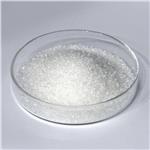
US $0.00-0.00/kg2025-04-21
- CAS:
- 1310-73-2
- Min. Order:
- 1kg
- Purity:
- 99.99%
- Supply Ability:
- 20 tons
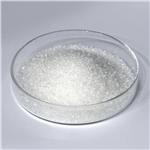
US $0.00-0.00/kg2025-04-21
- CAS:
- 1310-73-2
- Min. Order:
- 1kg
- Purity:
- 99.99%
- Supply Ability:
- 20 tons

